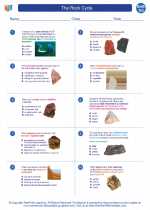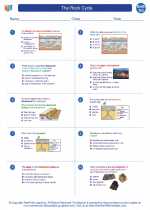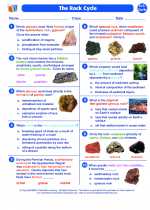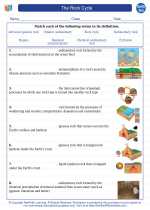Flowers
Flowers are the reproductive structures found in flowering plants (angiosperms). They are important for the plant's reproduction and come in a wide variety of shapes, sizes, and colors.
Structure of a Flower
A typical flower consists of the following parts:
- Petal: The colorful, often scented part of the flower that attracts pollinators.
- Sepal: The outer part of the flower that protects the bud before it blooms.
- Stamen: The male reproductive part of the flower, consisting of the anther and filament.
- Carpel: The female reproductive part of the flower, consisting of the stigma, style, and ovary.
Reproduction in Flowers
Flowers reproduce through a process called pollination, where pollen is transferred from the stamen to the stigma. This can occur through various mechanisms, including wind, insects, birds, and other animals.
Types of Flowers
There are various types of flowers based on their reproductive structures, including complete flowers (having all four main parts) and incomplete flowers (lacking one or more of the main parts).
Uses of Flowers
Flowers have cultural, aesthetic, and economic importance. They are used in landscaping, floral arrangements, perfumes, medicine, and food flavoring, among other purposes.
Study Tips
To study flowers effectively, consider the following tips:
- Learn the parts of a flower and their functions.
- Understand the process of pollination and different modes of pollinator attraction.
- Explore the diversity of flowers in different plant species.
- Research the cultural and economic significance of flowers.
[Flowers] Related Worksheets and Study Guides:
.◂Earth Science Worksheets and Study Guides High School. The Rock Cycle

 Worksheet/Answer key
Worksheet/Answer key
 Worksheet/Answer key
Worksheet/Answer key
 Worksheet/Answer key
Worksheet/Answer key
 Vocabulary/Answer key
Vocabulary/Answer key
 Vocabulary/Answer key
Vocabulary/Answer key
 Vocabulary/Answer key
Vocabulary/Answer key
